(VHQN) - Previously, people often talked about "stele inscriptions" or "steles", now researchers use the word "inscriptions", which generally refers to documents engraved on stone, wood, metal, and terracotta. Cham inscription heritage is an important source of information to know about the ancient history of Quang Nam in particular and about the Champa country in general.
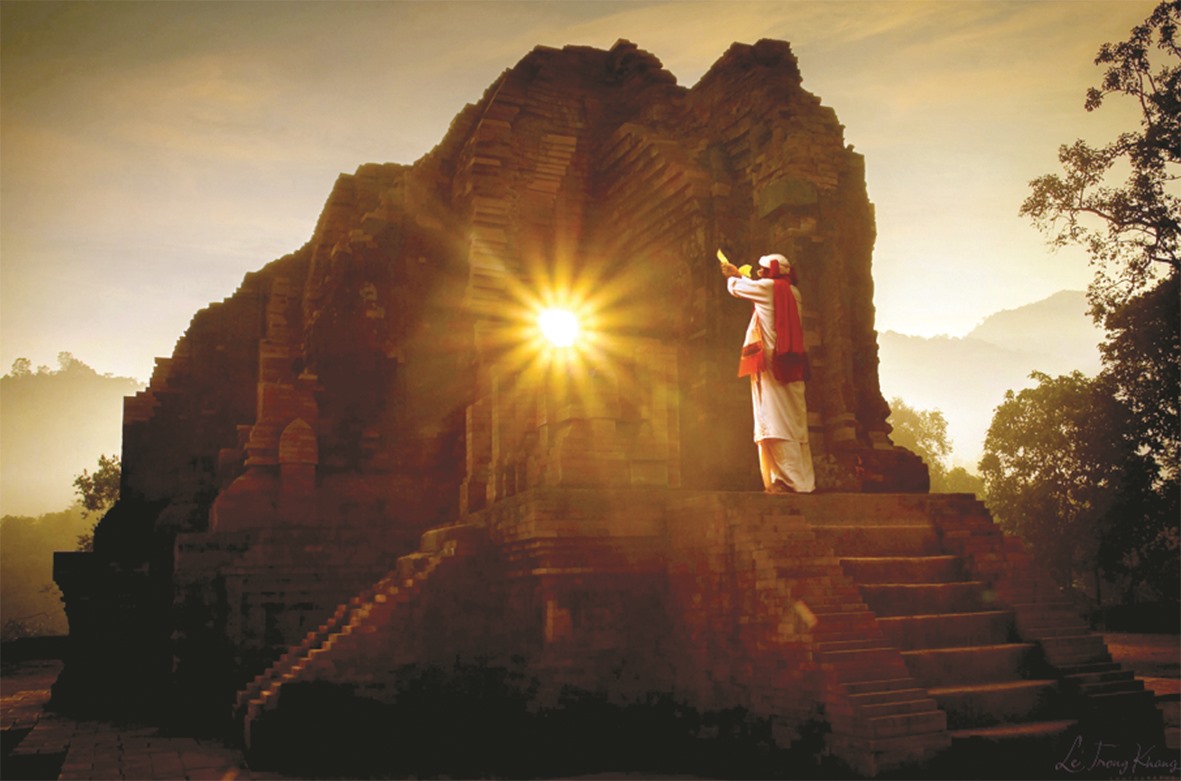
Most of the Cham inscriptions that remain today are on stone steles or stone pillars in temples, a few on natural cliffs, or on architectural decorations and metal objects. Cham inscriptions have been found in many places in Central Vietnam, most of which are located in Quang Nam.
Cham inscriptions were collected, transcribed (converted into Latin) and translated into French by French scholars from the late 19th century to the early 20th century. In 1923, G. Coedes published in Hanoi the volume "General statistical catalog of Cham and Cambodian inscriptions", numbered with the symbol C for Cham inscriptions, a total of 170 units, from C1 to C170; of which 72 steles were found in Quang Nam, 25 in Ninh Thuan , 18 in Binh Dinh and 17 in Khanh Hoa. Up to now, the number of Cham inscriptions discovered has reached 247.
Cham inscriptions use the Brāhmī script - a writing system formed in the 3rd century BC in India, called Brāhmī lipi, meaning "the writing system of the god Brāhmī", the Vietnamese translate it as "Sanskrit script" (also meaning the script of Brahma/Brahma/Brāhmī).
This writing system was used to write Sanskrit in India, and then used to write languages in Southeast Asia, including ancient Cham. From the 8th century onwards, the Brāhmī writing system was gradually modified by localities to become the writing system of different languages.
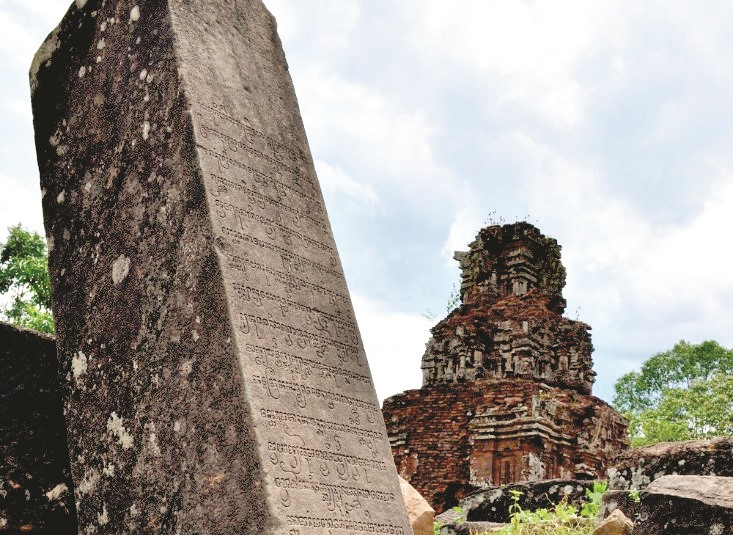
Stele engraving is often associated with the construction of temples and towers. The main content is praise for gods and kings, records offerings, and finally, often words of merit for those who preserve them, or warnings for those who destroy temples and towers and offerings.
Cham inscriptions provide us with information about the chronology, dynasties and place names of the ancient Champa country, and at the same time reflect part of the social life and contemporary beliefs that, in terms of reliability, no other document can surpass.
Scattered in the inscriptions are references to conflicts between Champa regions with each other or with neighboring countries. This is valuable information to recreate the historical and cultural picture not only of Quang Nam region but also related to the entire Indochina peninsula in the first millennium AD.
In addition to some Cham inscriptions found in Quang Nam that were brought to Hanoi by French archaeologists and are now preserved and displayed at the National Museum of History, there are still many Cham inscriptions remaining in the Quang Nam area.
At My Son relic site alone (Duy Xuyen district), there are currently 36 inscriptions, including some that are still quite intact and provide important information about Champa history and culture.
The inscription C 89 (currently preserved in the exhibition room of My Son Relic Site) was established in 1088/1089, using ancient Cham language, recording the merits of King Jaya Indravarmadeva in rebuilding the Champa country after it was devastated by war.
The inscription marked C 100 (established in 1157/1158), which is still in its original position at Tower G, uses Sanskrit and ancient Cham script, recording the merits of King Jaya Harivarmadeva, who conquered neighboring countries and offered a tower and fields in the area to Lord Siva.
In addition to the large number of remaining inscriptions at My Son relics, there are also some inscriptions scattered at other relics, such as inscription C 66 at Dong Duong relics (Thang Binh), inscription C 140 at Huong Que relics (Que Son) and some newly discovered inscriptions.
In particular, along the southern bank of the Thu Bon River, there are a number of natural cliff inscriptions, providing information about the landmarks that the Champa kings “donated” to the god Siva to obtain divine protection for the country and the royal power.
Although most of the Cham inscriptions in Quang Nam were transcribed and translated by French scholars in the early 20th century, due to the content of Cham inscriptions associated with worshiping the gods, the concise language style, many allusions, metaphors, and hyperbole; many characters have been worn and broken; therefore, the translation of Cham inscriptions needs to be further examined.
First of all, it is necessary to inventory and preserve this valuable documentary heritage and organize the introduction of its content to serve scientific research as well as the public's need to learn about history. Creating a profile to rank the collection of Cham inscriptions in Quang Nam is also a worthwhile thing to do to increase the community's interest in this special type of documentary heritage.
Source




![[Photo] Prime Minister Pham Minh Chinh receives President of Cuba's Latin American News Agency](/_next/image?url=https%3A%2F%2Fvphoto.vietnam.vn%2Fthumb%2F1200x675%2Fvietnam%2Fresource%2FIMAGE%2F2025%2F12%2F01%2F1764569497815_dsc-2890-jpg.webp&w=3840&q=75)





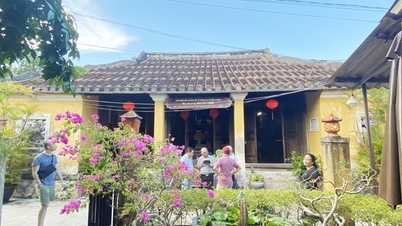
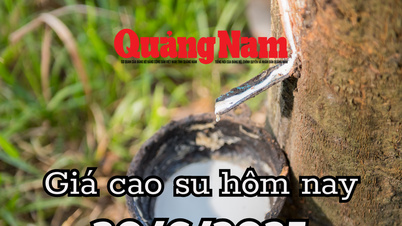



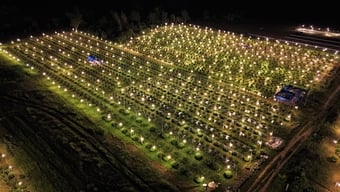
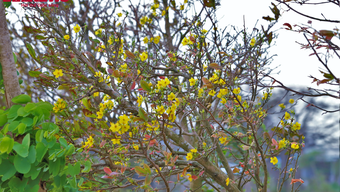




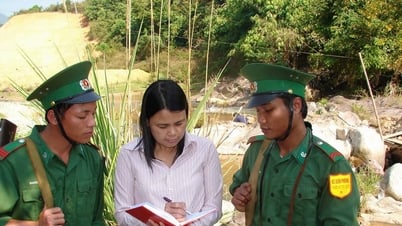
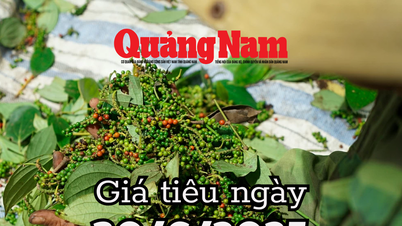



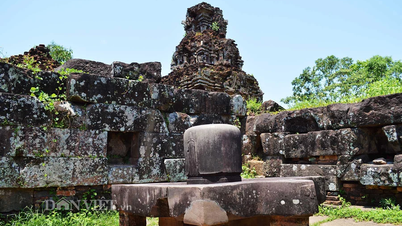

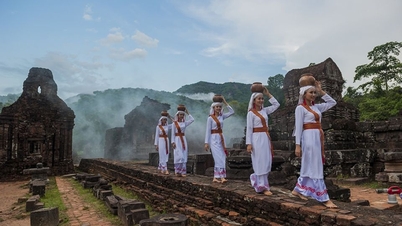

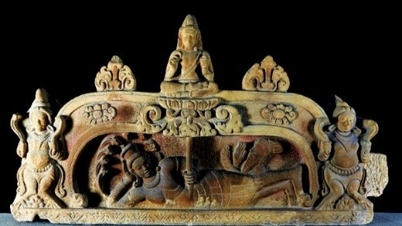
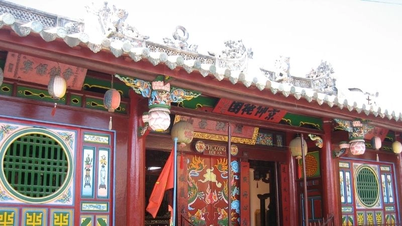


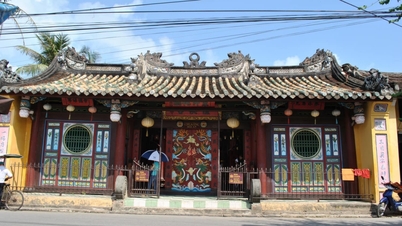
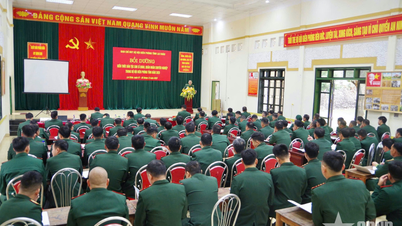



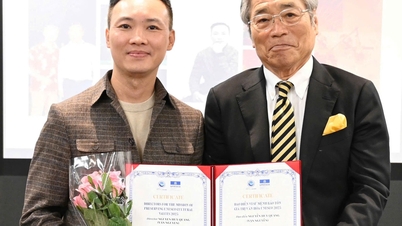



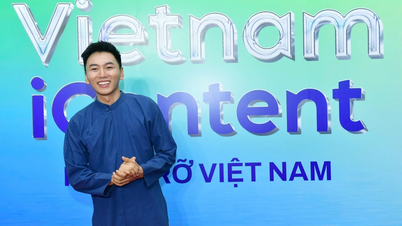





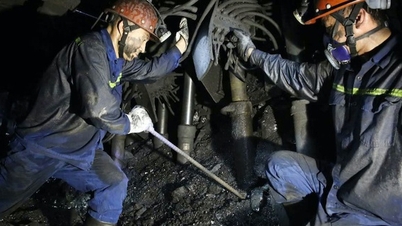







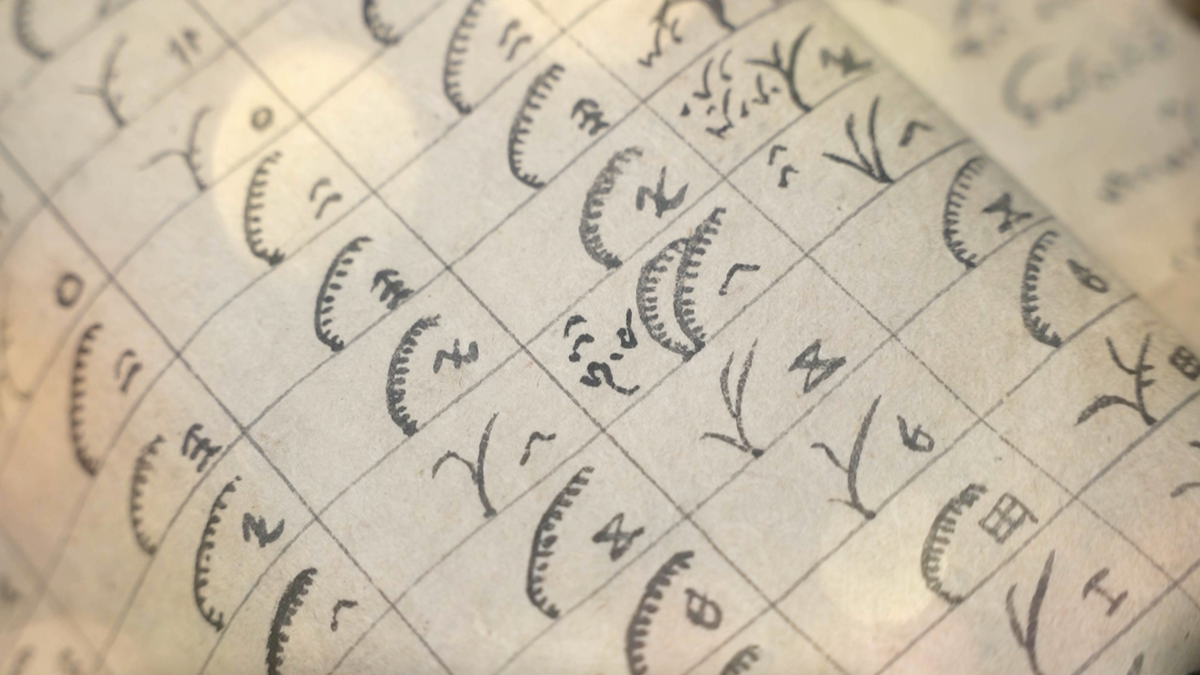

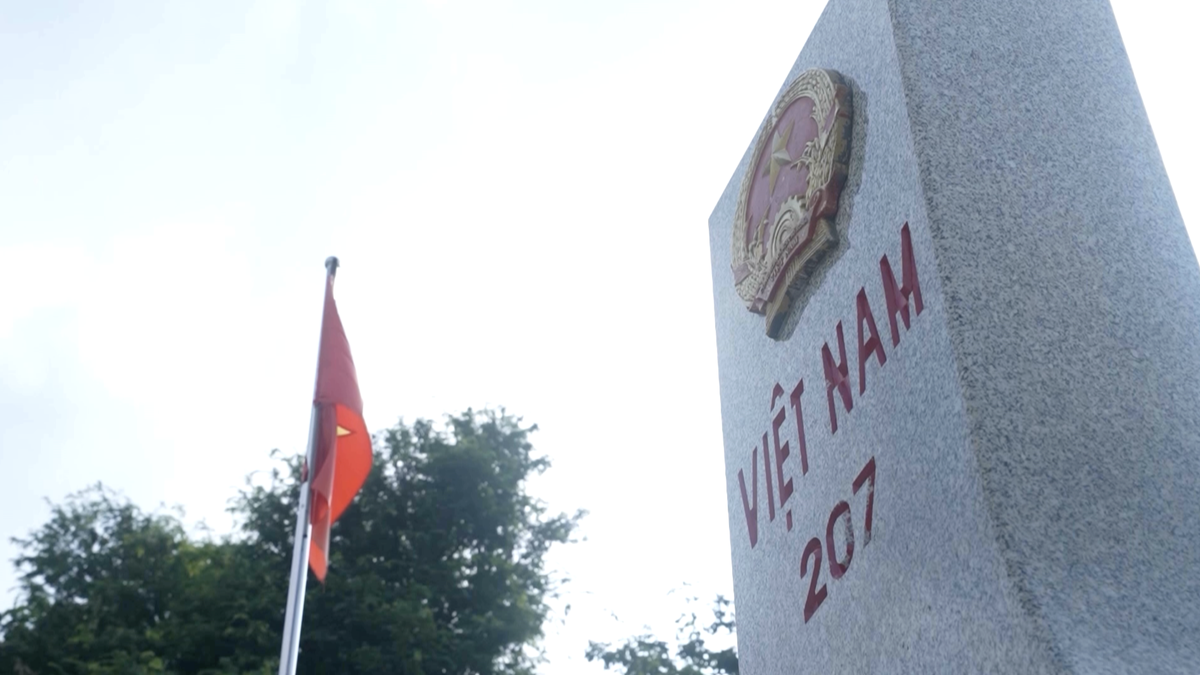
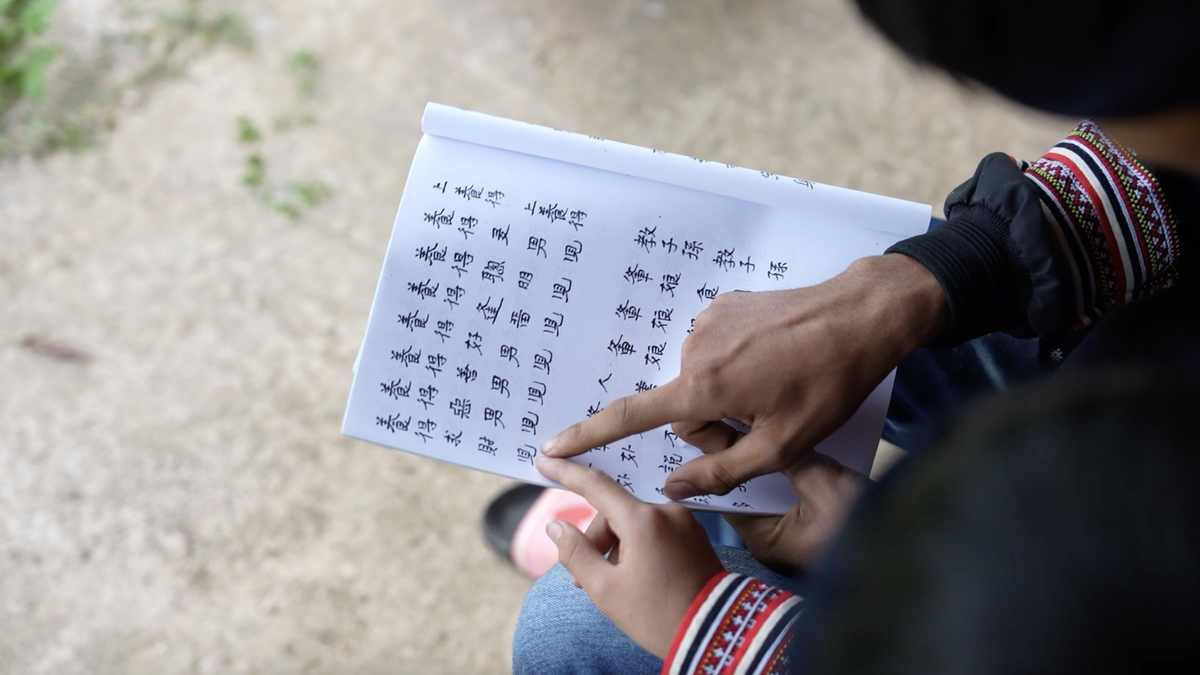
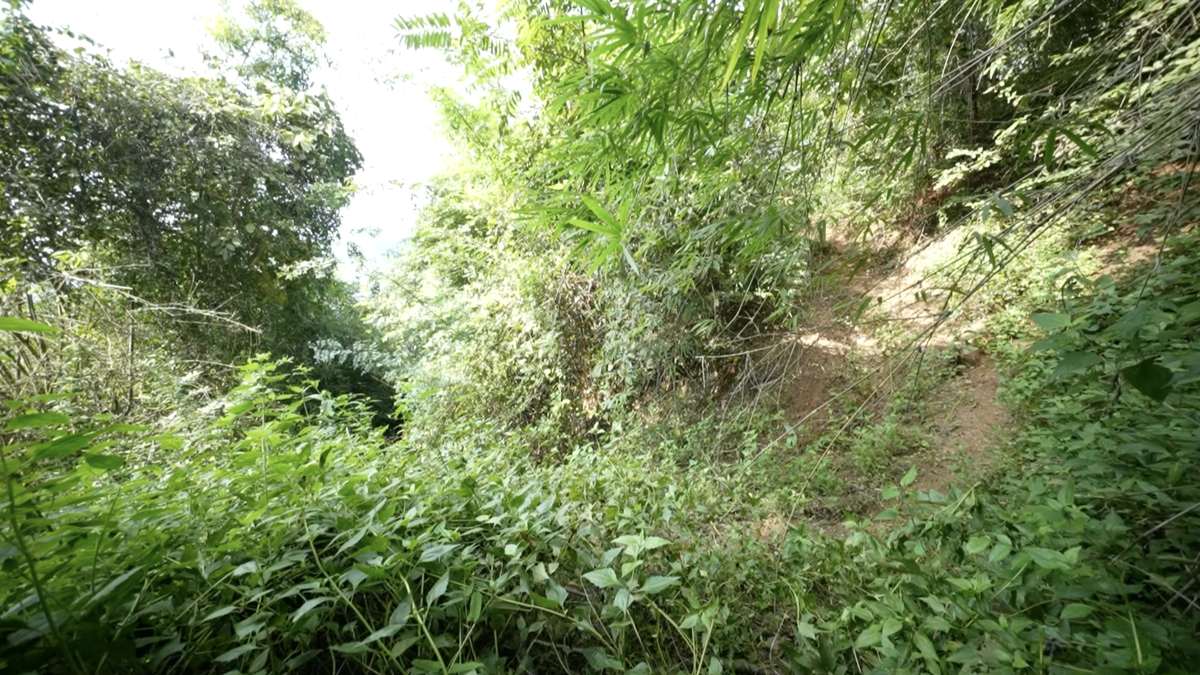



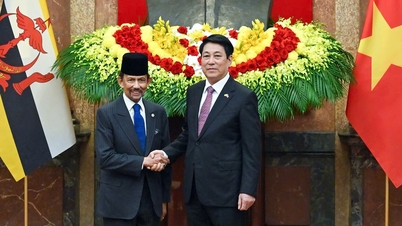
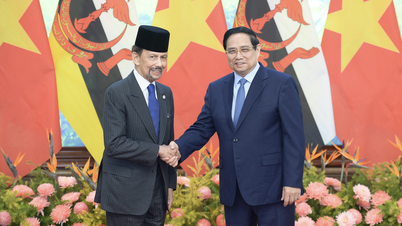

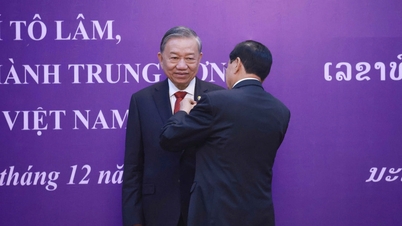


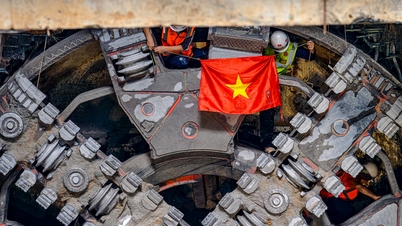
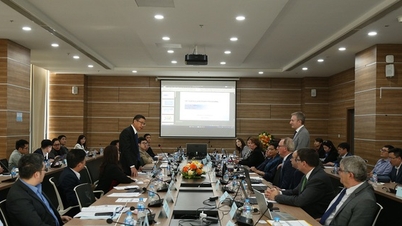





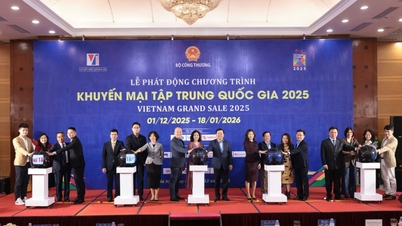

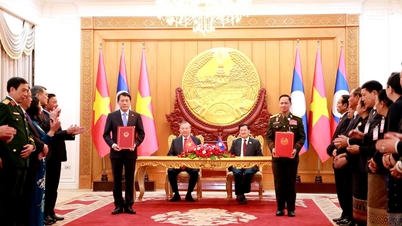
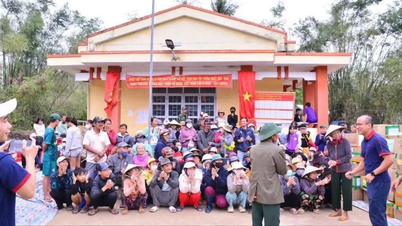

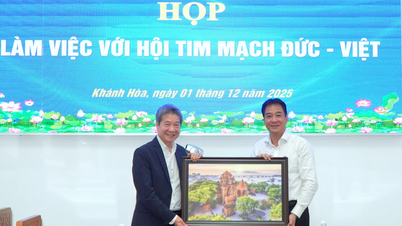

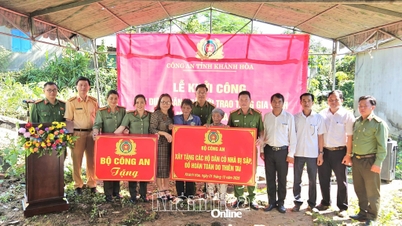



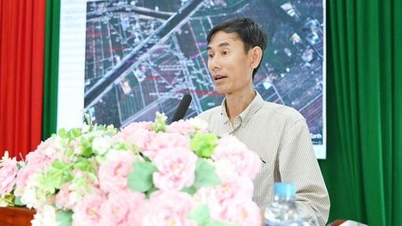




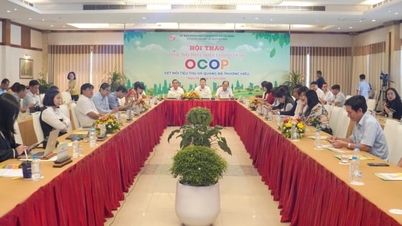



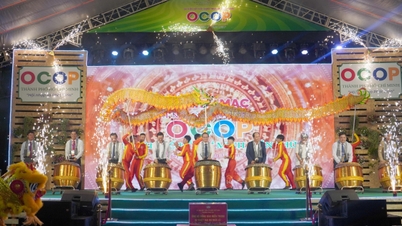




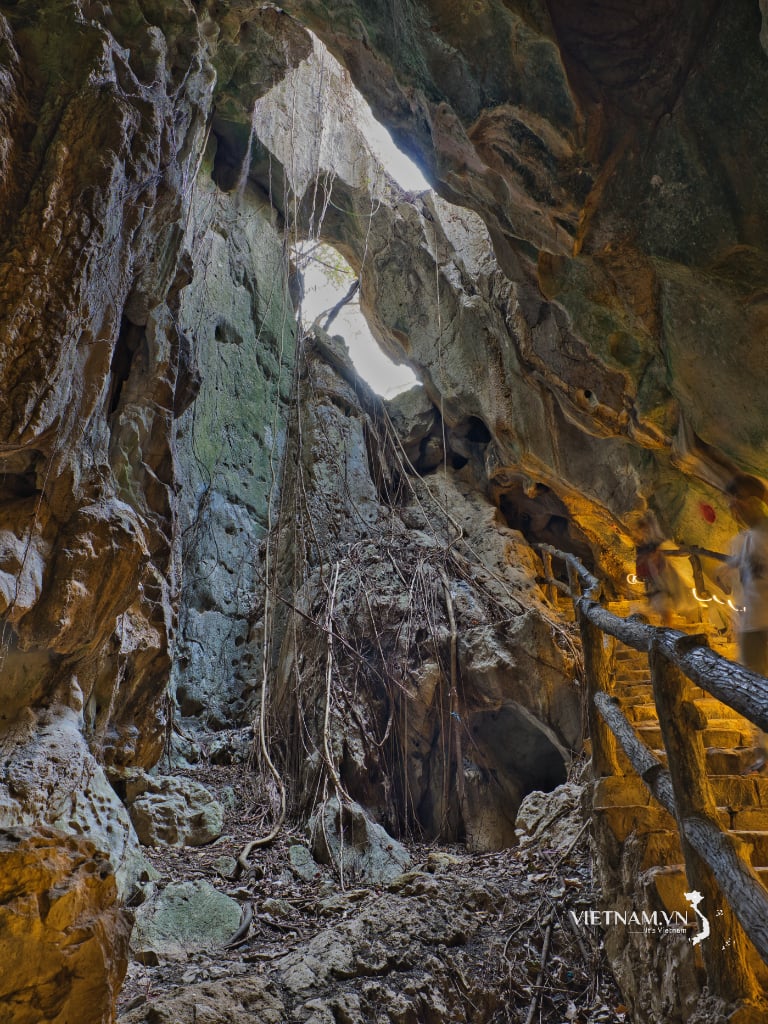
Comment (0)